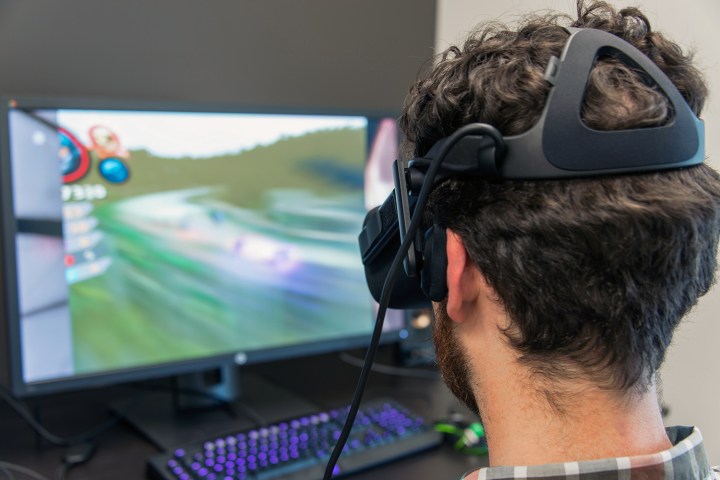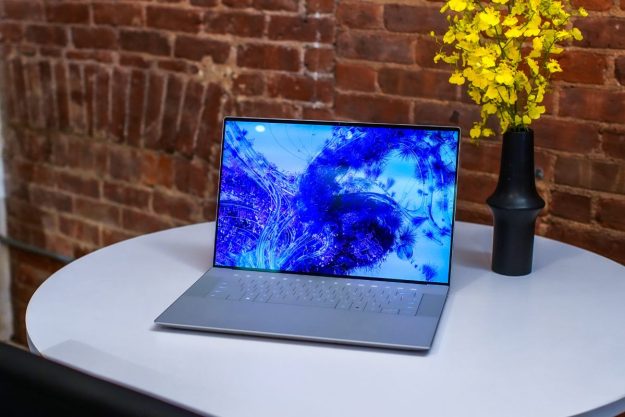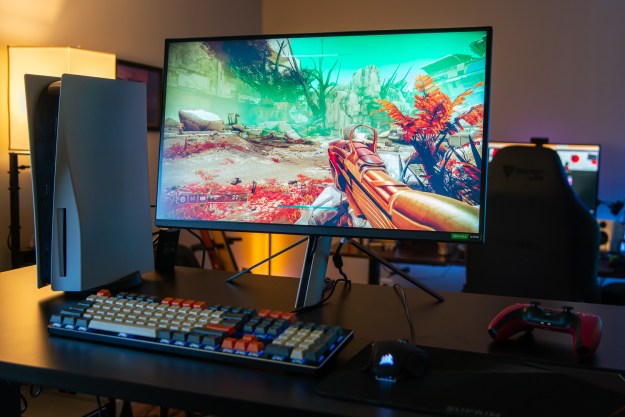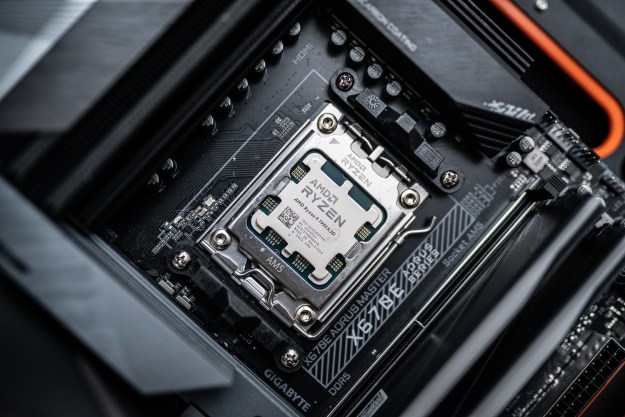
VR trolling might seem like the basis for an episode of Black Mirror, but it’s a real concern to Google’s Daydream Labs team, according to a report from UberGizmo. The group has set about finding a solution to this problem, which will only become more visible as the technology is adopted more widely.
A post on Google’s developer blog details one scenario where the Daydream team found that their content was being used as a backdrop for negative social interactions. Users were placed in a virtual storefront where they could try on various hats, sunglasses, and accessories — and it didn’t take long for certain individuals to try placing items on their friends, even obscuring others’ vision with a hat placed directly in their line of sight.
In and of itself, that may sound like no big deal, even a good bit of fun between friends. However, if we’re aiming toward virtual environments where strangers can interact with one another, permitting the opportunity to screw around with someone else’s experience really isn’t desirable.
Personal space is important, even in a virtual environment. Another piece of evidence offered up by the post’s author, UX designer Robbie Tilton, refers to a poker game project. The team found that players would sometimes attempt to steal a rival’s chips if the rival left their seat during the game, and effects were deployed to discourage this type of behavior.
The idea works both ways too, as positive reinforcement seems to encourage positive interaction. Tilton describes a project where players could perform a virtual high-five that would be accompanied by a fireworks animation and a loud sound effect. This action proved to be much more popular among users than simply hitting or striking one another, which didn’t result in such a spectacular result.
Social interactions in a VR environment raise completely different challenges to those that take place across the internet. As the hardware used to run these kinds of experiences continues to mature, work like the research being done by Daydream Labs may allow the software side of the equation to evolve at a similar pace.


